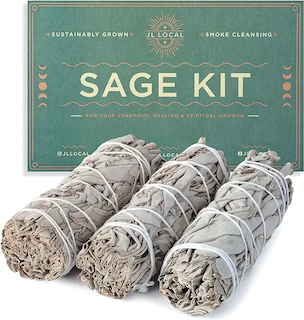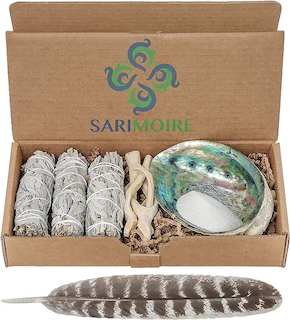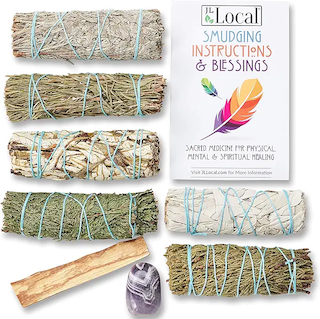In the realm of holistic well-being and spiritual practices, various rituals and ceremonies have been employed for centuries to purify the mind, body, and spirit. One such ancient technique that has gained popularity in recent times is smudging. Rooted in indigenous cultures and passed down through generations, smudging involves the burning of sacred herbs to cleanse and purify the energy that surrounds us.
This article explores the art of smudging for aura cleansing, delving into its history, the science behind it, and practical tips for incorporating this ritual into your spiritual journey.
The History of Smudging
Smudging is deeply rooted in indigenous cultures across the globe, with Native American, Celtic, and Indigenous Australian communities among those who have practiced it for centuries. The primary purpose of smudging in these traditions is to cleanse negative energies, promote healing, and restore balance to an individual’s spiritual and physical well-being. Common herbs used for smudging include sage, cedar, sweetgrass, and palo santo, each carrying its unique significance and properties.

The Science of Smudging
While the spiritual and cultural aspects of smudging are integral, there is also a scientific perspective to consider. Burning certain herbs releases negative ions into the air, a process that has been associated with improved mood and reduced stress. Negative ions are believed to neutralize positive ions, which are often linked to pollutants and environmental stressors. Additionally, the aroma of smudging herbs has been shown to have a calming effect, creating a conducive environment for relaxation and mindfulness.
How Smudging Works for Aura Cleansing
In various spiritual traditions, it is believed that the smoke produced during smudging attaches to and cleanses negative energies from a person’s aura, the energy field that surrounds the body. The aura is thought to be a reflection of an individual’s mental, emotional, and spiritual well-being. Smudging is considered a powerful tool for clearing away stagnant or harmful energies, promoting a sense of renewal and clarity.
Practical Tips for Smudging
Choose the Right Herbs:
Select herbs that resonate with your intentions. Sage is widely used for cleansing, cedar for grounding, sweetgrass for attracting positive energy, and palo santo for purifying and uplifting.
Set Intentions:
Before you begin smudging, set clear intentions for the process. Whether it’s releasing negative energy, inviting positivity, or seeking clarity, stating your purpose enhances the effectiveness of the ritual.
Open Windows and Doors:
Ensure proper ventilation by opening windows and doors to allow negative energies to leave the space. This practice enhances the flow of fresh, positive energy.
Use a Fire-Safe Container:
Place the smudging herbs in a fire-safe container like an abalone shell or a ceramic bowl. Use a feather or your hand to waft the smoke around yourself or the space you want to cleanse.
Burying Outside:
Burying the remains of sage or other smudging materials in the earth is a common practice. This is often done with the intention of returning the energy to the ground and allowing the earth to neutralize or transform any negativity that may have been absorbed.
Practice Mindfulness:
Approach smudging with mindfulness and presence. Pay attention to the sensations, scents, and the energy shift within the space as you perform the ritual.
Conclusion
Smudging, with its rich cultural history and spiritual significance, offers a powerful method for aura cleansing and promoting overall well-being. Whether you are new to spiritual practices or have a well-established routine, incorporating smudging into your rituals can bring a sense of connection, balance, and rejuvenation to your life.
Embrace this ancient tradition with respect and intention, and you may find that it becomes a valuable tool on your journey toward spiritual growth and harmony.




